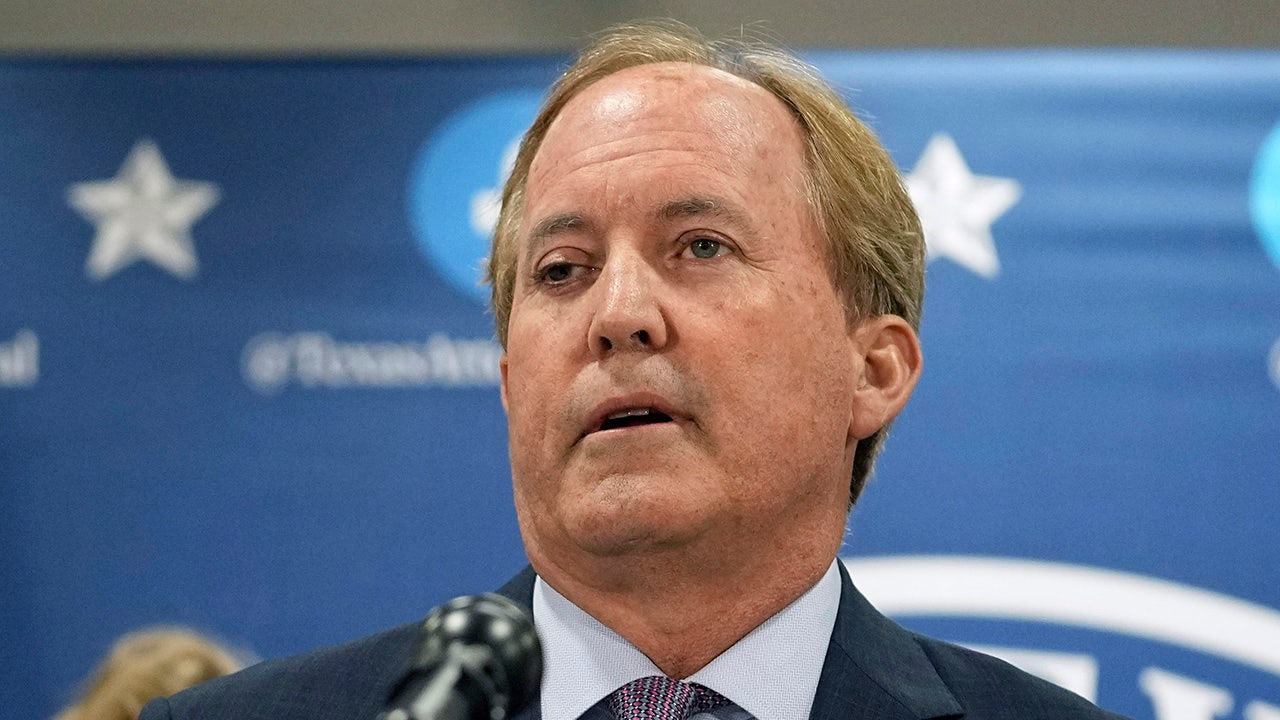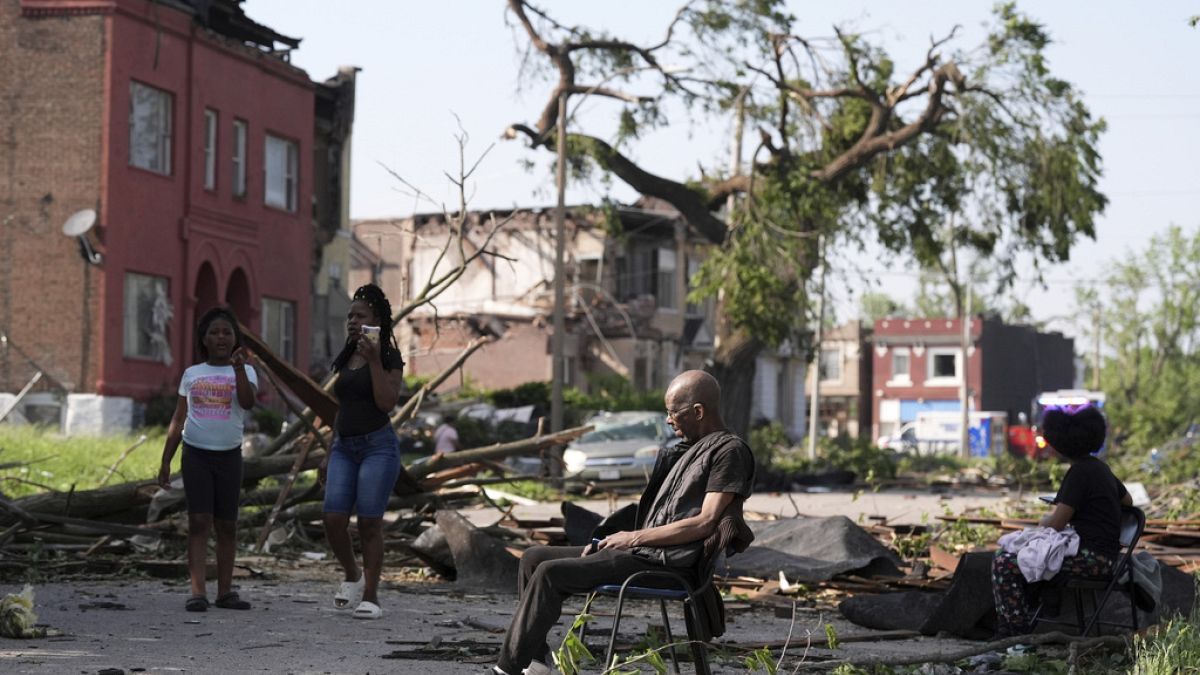Texas
Public Health Emergency Acts Streamline Texas Disaster Response

The Public Health Emergency declared for Texas by US health authorities this month will cut through bureaucratic hurdles to lifesaving care, but disaster prevention efforts are a more efficient use of federal dollars, scholars of health and environmental law said.
Southeast Texas, including Houston, faced back-to-back disasters earlier this month after Hurricane Beryl was followed closely by a powerful heat wave. The storm left more than one million residents sweltering without electricity or air conditioning as heat indexes surpassed 100 degrees, according to the Department of Health and Human Services.
The sequence of extreme weather was deadly: 15 deaths in Harris County, which includes Houston, had been attributed to Hurricane Beryl as of July 22, local officials said. Seven of those deaths were caused by heat amid power outages due to the storm.
“Often the more serious problems are either the second or the third disaster,” said Robert Verchick, a professor of disaster and climate change law at Loyola University New Orleans and a former Environmental Protection Agency official in the Obama administration. “It’s like a row of dominoes, and not having electricity for a week is a serious public health problem.”
The public health emergency for Texas, declared by the HHS on July 12, followed a major disaster declaration from President Joe Biden that unlocked federal resources to aid recovery efforts.
“The combination of severe heat and limited access to electricity is dangerous, especially for vulnerable populations and those relying on electricity-dependent durable medical equipment and certain healthcare services,” Dawn O’Connell, HHS’ assistant secretary for preparedness and response, said in a statement announcing the agency’s emergency declaration.
Cutting Red Tape
While a major disaster declaration is more “infrastructure oriented,” the public health emergency is focused on “dealing with the people hurt from the storm and dealing with the people hurt from the extreme heat,” said Jean Su, senior attorney and energy justice director at the Center for Biological Diversity.
The emergency declaration is essentially a tool to cut through regulatory red tape that would impede the ability of healthcare providers to respond quickly during a disaster, said Dr. David Lakey, vice chancellor for health affairs and chief medical officer for the University of Texas System.
“There’s a lot of reporting and deadlines and those types of things that get in the way of a hospital being able to respond,” said Lakey, a former commissioner of the state’s health department. “The emergency just takes some of that bureaucratic work off the table for a while for them to be able to concentrate on caring for these individuals.”
Dialysis patients, for example, may have a care provider that’s unable to operate after the hurricane, Lakey said. The emergency declaration would allow them to quickly receive treatment elsewhere, and also to replace supplies they may have lost in the storm, he said.
The emergency declaration unlocks emergency funds and allows HHS to take steps including modifying certain privacy and telemedicine requirements, adjusting Medicare reimbursements, deploying additional personnel, and more.
But Verchick urged officials to invest more resources in preparing for disasters ahead of time, rather than solely reacting once they happen.
“Of course responding to disasters is extremely important, but it’s more important to take actions that prevent the harms to begin with,” he said. “That is money that goes so much further in the prevention stage than it does in the recovery stage.”
Additional efforts to protect against extreme heat would be particularly helpful in predominantly Black and Latino communities, Verchick said. Those places often face disproportionate harm from high temperatures because of policies that have funneled mitigation resources toward wealthier and whiter areas.
The Texas public health emergency is the first such declaration HHS has made this year, though it has twice renewed public health emergencies for wildfire recovery in Hawaii and for the opioid epidemic nationwide. The agency declared five public health emergencies in 2023.

Texas
Texas A&M Head Coach Mike Elko Entering ‘Must Win’ Game vs. Notre Dame?

As the Texas A&M Aggies head into Year 2 under head coach Mike Elko, it seems the expectations are rising. That is despite a disappointing finish to his first season, where the Aggies lost four of their final five games.
Yet, after a productive offseason where Texas A&M has garnered praise from the national media as they filled holes on their roster via the transfer portal in addition to signing the nation’s No. 9 ranked recruiting class, there is a narrative building that the Aggies’ season-opening game versus Notre Dame is a “must-win.”
Gigem 247’s Jeff Tarpley is a believer in the notion that the Aggies’ trip to South Bend, Indiana, is a “must-win” as he believes it is time the athletic department and its donors see a return on investment.
“I talked about this last year a little bit in terms of the fact that that if they gave your predecessor 76 million to go away and you come a lot cheaper than that, there’s going to be more pressure on you to perform right away,” Tarpley said during a recent appearance on ESPN Central Texas radio. “It didn’t help that it was Elko’s first game ever and so A&M didn’t have the benefit of either him or his players learning on the job in preseason. But there is going to be even more pressure now since they lost to this same Notre Dame last year to open the season, and they went one and four down the stretch this year.”
Tarpley even went as far as to compare Elko’s situation heading into this coming season to Marcus Freeman’s last year with Notre Dame. The 39-year-old head coach inherited the program from Brian Kelly, who took the Irish as far as an appearance in a national championship game over his 11-year tenure.
Although Freeman got off to a solid start as he won 19 games in his first two seasons with the Irish, there was pressure building for him to take them to that next level of making the College Football Playoff.
However, there is a key difference between the two. According to Tarpley, Elko is now facing similar pressure heading into just his second season in charge of the Aggies. No, it is not job pressure, rather just competitive pressure, as the Aggies are still paying Jimbo Fisher to not be on the sidelines on top of the cost it takes to build a talented roster.
Opening a season on the road is never easy, especially when having to make the trip a potentially hostile enviroment like South Bend. But it is those type of games, where Texas A&M is facing another top-25 ranked team that Elko will be expected to deliver wins against.
Especially so if the goal is make the College Football Playoff, then a season-opening win over the Irish could be an early showcase win for the Aggies on their path to securing a top-12 seed.
Texas
Michigan softball mercy-ruled by Texas in College World Series, but not eliminated yet
Michigan basketball coach Dusty May swings for the fences
Michigan basketball coach Dusty May swings for the fences in U-M softball’s charity fundraiser
Michigan softball’s perfect start to the Women’s College World Series came to an end Saturday afternoon, with the Wolverines lasting just five innings due to the run-ahead rule, losing 16-4 vs. Austin regional host Texas at McCombs Field.
Michigan will face the winner of UCF-Eastern Illinois at 6 p.m. in an elimination game.
On a scolding hot day with temperatures on the field reaching 110 degrees, according to the ESPN broadcast, the Wolverines were the first to get on the board when Lilly Vallimont singled to left to drive in Indiana Langford for a 1-0 lead.
It took the Longhorns almost no time to respond. In the top of the second inning, Katie Stewart led things off for Texas by slugging a home run to tie the game at 1-1.
Then in the third inning, the game got really crazy. Texas’ Reese Atwood smashed a three-run home run to take a 4-1 lead before Stewart hit her second home run of the game on the very next pitch to put the Longhorns firmly in control. But that was just the top of the inning.
In what will surely be one of the more unlikely plays of the whole College World Series, Langford laid down a bunt to start the inning that miraculously turned into a Little League home run when Texas launched the throw all the way into the right-field corner. Langford turned on the jets and just kept running before eventually sliding into home for a relatively easy score to make it 5-2. Three pitches later, Jenissa Conway blasted a home run to cut further into the lead, 5-3.
However, it was all Texas after that point. The Longhorns blew the game open in the fourth, hitting three more home runs to help them score nine runs in the top of the inning and jump out to a 14-3 lead.
Michigan added a run in the bottom half of the fourth inning, but Texas made it 16-4 in the top of the fifth and the Wolverines couldn’t get the game within seven runs by the fifth inning, so the game ended due to the mercy rule.
Since the regionals in the CWS are double elimination, the Wolverines are not out of the tournament, needing a win later Saturday evening.
Andrew Birkle is the assistant sports editor at the Free Press. Contact him at andrew_birkle on “X” or via email at abirkle@freepress.com.
Texas
North Texas homeowners urged to review insurance policies as severe weather drives up costs

With severe weather frequently impacting North Texas, homeowners often wonder: What does my insurance policy actually cover? Do I have the right coverage? What happens after filing a claim?
Insurance expert Rich Johnson, communications director for the Insurance Council of Texas, advises homeowners to review their policy carefully, starting with the first few pages.
CBS News Texas
“The main thing to do is look at the first couple of pages of the policy,” Johnson said.
These pages typically outline wind and hail coverage, which may vary depending on location. Some homeowners may have a separate policy through the FAIR Plan or TWFG.
Johnson emphasizes the importance of understanding deductibles, particularly for hail and wind damage, which differ from deductibles for fire or plumbing issues.
“It’s usually between 1% and 5% of the insured value of your home,” he explained.
If a home is damaged by severe weather, Johnson recommends taking photos and making temporary repairs before filing a claim.
“Get that claim in as soon as possible so you’re on the list for an adjuster to inspect your house,” he said.
When hiring contractors, Johnson advises homeowners to choose local businesses and seek recommendations from friends and neighbors to avoid scams.
“A couple of red flags: if they’re out of state, don’t have a licensing number, or say they’ll waive your deductible—that’s actually illegal in Texas,” he warned.
Scammers should be reported to insurance providers, local police, and the Texas Department of Insurance, which handles fraud cases.
Johnson also notes that inflation and frequent severe weather are driving up repair costs and insurance premiums, affecting both home and auto insurance.
“We’re seeing weather impact insurance rates more severely and more frequently,” he said.
-

 Austin, TX1 week ago
Austin, TX1 week agoBest Austin Salads – 15 Food Places For Good Greens!
-

 Technology1 week ago
Technology1 week agoNetflix is removing Black Mirror: Bandersnatch
-

 World1 week ago
World1 week agoThe Take: Can India and Pakistan avoid a fourth war over Kashmir?
-

 News1 week ago
News1 week agoReincarnated by A.I., Arizona Man Forgives His Killer at Sentencing
-

 News1 week ago
News1 week agoWho is the new Pope Leo XIV and what are his views?
-

 Politics1 week ago
Politics1 week agoDepartment of Justice opens criminal investigation into NY AG Letitia James
-

 World1 week ago
World1 week agoNew German chancellor aims for stronger EU ties with France and Poland
-

 News1 week ago
News1 week agoJudge Orders Release of Rumeysa Ozturk, Tufts Student Detained by ICE















